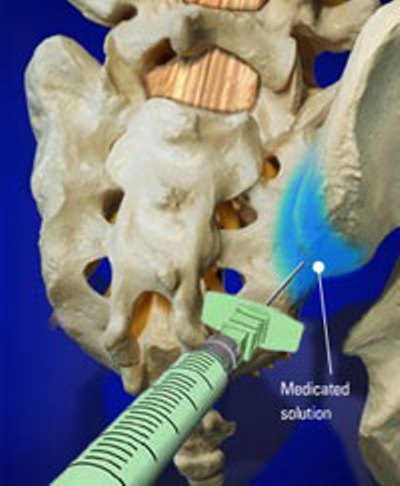How Do Pain Management Procedures Actually Work?
Millions of people all over the world experience chronic pain on a daily basis. The sad fact is that the majority of those people don’t need to experience pain at all, but they don’t know what to do to solve their problem. If you feel pain on a daily basis – whether it’s in your arms, legs, neck or back – you know how it can cripple simple daily activities that you were once able to do without a problem.
What Is a Pain Management Specialist?
Pain management specialists are like knights on horseback riding in to save you. Using high-tech testing equipment, pain specialists are able to pinpoint the root cause of your pain. Pain management procedures then work by targeting the specific nerves that are triggering the pain. Instead of trying to use medication or a guessing approach, pain specialists are able to be very precise and use specialized equipment to perform various injections in the spine and other joints.
Examples of Pain Management Procedures
1. One example of a pain management procedure that is done quite commonly is an epidural steroid injection. These are typically used for lumbar pain. This is a minimally invasive procedure that helps to resolve arm, leg, back and neck pain that is being caused by inflammation in the spinal nerves. Epidural injections are often used to relieve the pain associated with a herniated disc or spinal stenosis. The medication is inserted into the epidural space which is the region between the protective covering of the spinal cord and vertebrae.
The objective behind an epidural steroid injection is to give the person the ability to continue with normal activities and their own physical therapy program. The injection has a mixture of long-acting corticosteroid drugs as well as an anesthetic numbing agent.
2. Another example of a popular pain management procedure is called a facet joint injection. These are normally used to figure out the cause of back pain. Primarily, these are considered to be diagnostic injections meaning that they help the pain specialist figure out the cause of the back pain. Although they will take care of the pain temporarily by filling the joint with anesthetic medication, they are not meant to be a long lasting solution to the problem.
3. A third example of a pain management procedure is a joint injection. These are typically done under local anesthesia in the doctor’s office. The idea behind this injection is to remove fluid out of the joint so that it can be tested in a laboratory, or so that medication can be injected into the joint space. The pain specialist will determine which course of action is necessary for the patient.
As you can see, pain management procedures vary depending upon what the pain specialist believes will make the most sense for the patient. It’s essential that you communicate well with your pain management specialist so that progress is assessed and adjustments in treatments can be made to deliver the best outcome for you.
By targeting the specific nerve or joint causing the problem, the patient can get better faster and have a more personalized approach to their treatment plan. This eliminates unnecessary medical treatments or prescription medications which could further alter the person’s life.





